Concrete VS Fiberglass Pools – Which One Should You Choose in 2024
Everyone who’s ever built a pool has encountered the concrete vs fiberglass dilemma. No matter how you look at it, neither is a clear winner. So, instead of trying to figure out which pool material is objectively the better choice, focus on your specific needs and goals. Which type of pool is a better option for you?
To help you find the answer to this question, we’ve decided to provide you with a short comparison guide.
So, without any further ado, let’s get to the bottom of it!
Which one is more expensive?
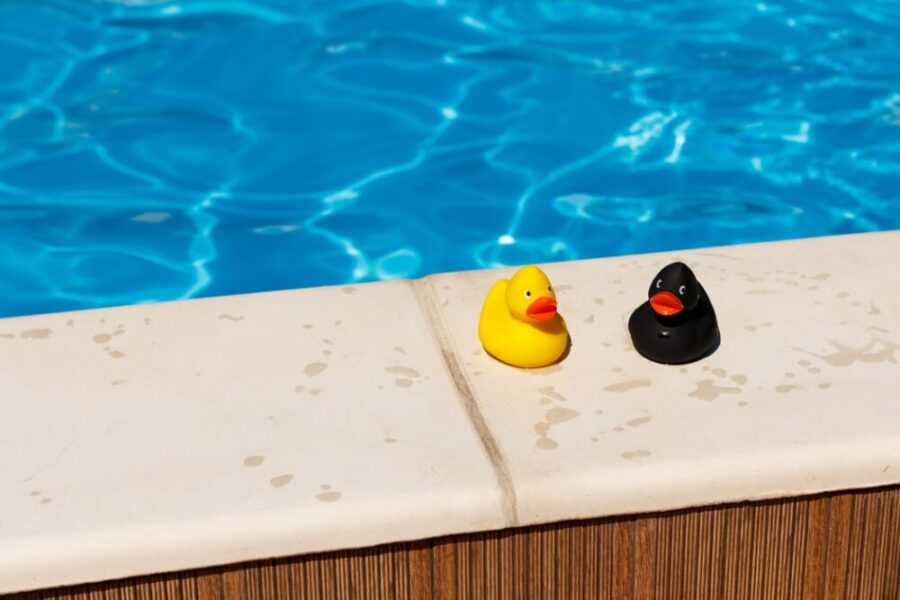
Img source: unsplash.com
There’s little difference between these two pool types when it comes to upfront costs. Initial installation is around $50 000-$100 000 for both options. However, you’ll spend much more on a concrete pool during its lifetime. Unlike fiberglass pools where you’ll only need to pay for electricity and chemicals, concrete pools require a lot of maintenance. Acid treatment and refinishing would cost you about $25 000 in a 10 year period. Now, that’s a lot compared to the estimated $4 000 that you’ll need to invest into maintaining a fiberglass pool!
So, if your primary concern is cost-effectiveness, you might want to consider fiberglass instead of concrete.
Customization capabilities
Both fiberglass and concrete pools can look magnificent with the right design. Nonetheless, if you want to get something unique, concrete is the way to go. Fiberglass pools are made from pre-designed molds, which means your options would be quite limited. Of course, this doesn’t mean they’re one-size-fits-all! You can still find a variety of shapes and sizes if you opt for a fiberglass pool.
However, if you’d like to get creative and design a unique pooling solution for your yard, you should look into concrete pools instead. There’s no limit to what you can do with those! You can adjust size, shape, and depth completely to your liking.
Installation time
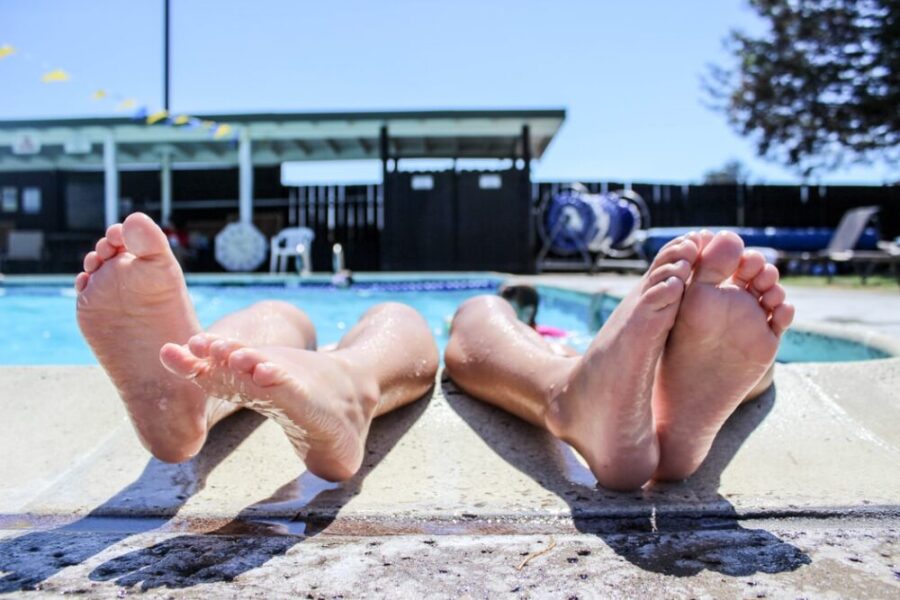
Img source: unsplash.com
If you would like to jump into your pool as soon as possible, you should choose fiberglass. They only take about 3-5 weeks to be installed completely, while concrete pool installation can take up to 6 months to be finished! Now, having a building site in your backyard for a couple of months can be incredibly inconvenient. Sometimes the results can be worth it, but it’s up to you to decide.
Whatever you do, make sure you don’t try to DIY the installation. While it may seem like a cheaper option, you’re risking ending up with a defective pool. It would take you a lot more money to repair those mistakes than it would take you to pay the professionals to do it for you.
Interior surface
Concrete pools have a rough surface by default. You’ll need to invest a lot of money just to smooth it out. If you have small children or pets who would use the pool, you don’t want them to get scratched. So, if that’s the case for you, then you might want to consider getting a pool made of fiberglass. The material is naturally smooth, and ledges or steps can be installed to prevent slipping.
Of course, if you still want to get a concrete pool, consider getting tiles as your finish. They’re quite expensive, but they’re also incredibly smooth to the touch.
Durability
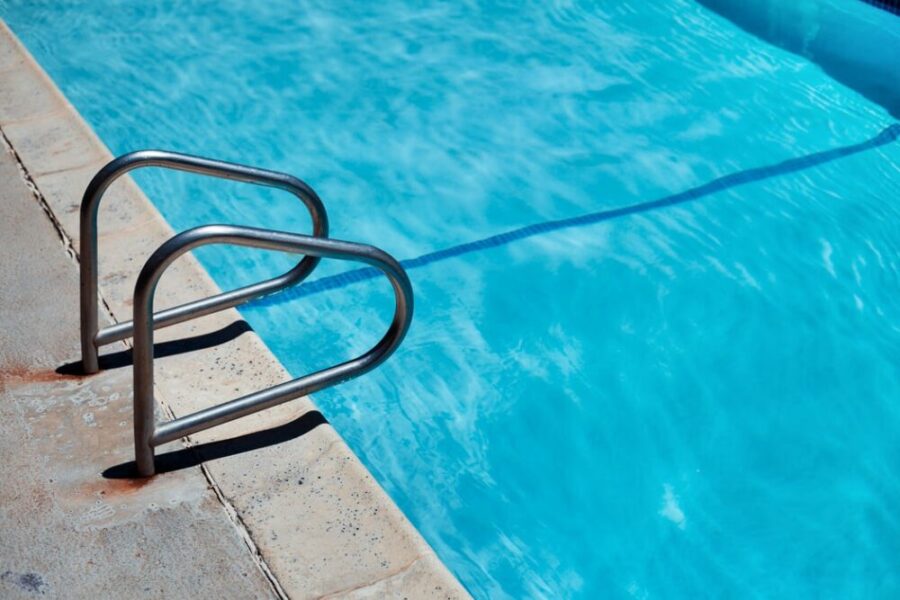
Img source: unsplash.com
Concrete pools are much more durable, especially if maintained properly. They’re not prone to cracks and scratches, and they’ll last you around 50 years. Make sure you use a high-quality finishing product for sealing purposes since it can expand the pool’s lifetime in a major way.
Fiberglass pools can last up to 30 years if installed correctly. Improper installation can cause it to crack as the ground below it shifts, so ensure you hire reliable, experienced pool builders such as those at www.compasspools.com.au.
Maintenance and care
Concrete pools require way more maintenance than fiberglass ones. You’ll need to clean them and treat them with acids on a weekly basis. Also, they’ll require complete resurfacing every ten years to prevent moisture build-up. If you’re unable to invest in pool maintenance, your pool’s lifetime will be reduced considerably.
Fiberglass pools, on the other hand, are incredibly low-maintenance. They require fewer chemicals for keeping their water safe and clean, and algae removal is much easier due to their smooth surfacing. Of course, they still require regular cleaning and care to be kept in their optimal condition.
If you’re leading an incredibly busy lifestyle, we suggest you hire someone to take care of your pools in your absence. No matter which type of pool you choose, proper maintenance is crucial for its longevity.
Pros and cons: a short overview
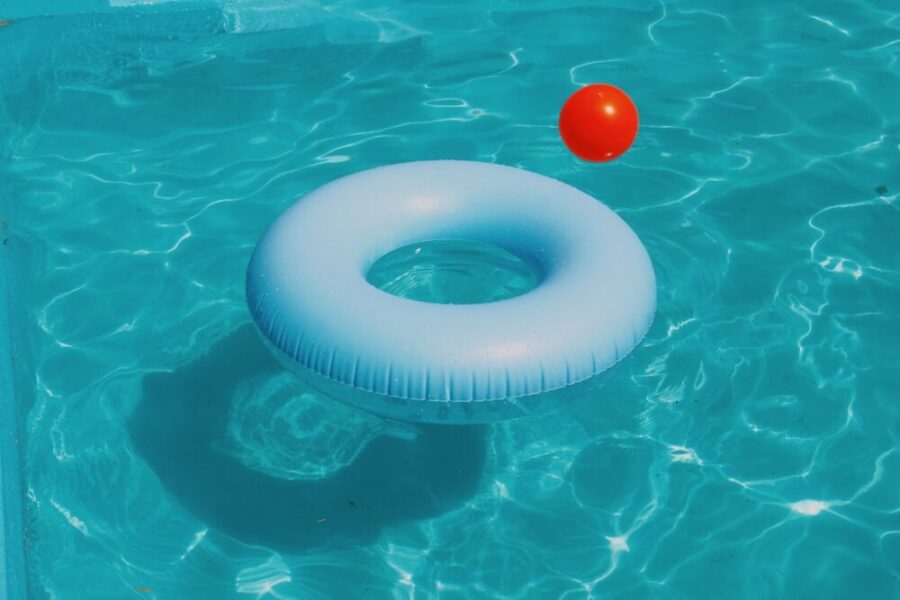
Img source: unsplash.com
Let’s examine the advantages and disadvantages of getting a concrete pool first:
Pros:
- Endless customizationDurability and longevity
- They don’t retain heat
- Add more value to your property
Cons:
- Expensive in the long haul
- Complex maintenance
- Rough surface
- Long installation times
Now, here’s an overview of a fiberglass pool:
Pros:
- Algae resistant
- Low-maintenance
- Cost-effective
- Naturally smooth
Cons:
- Shorter lifespan
- More prone to cracks
- Fewer customization options
- Retain heat
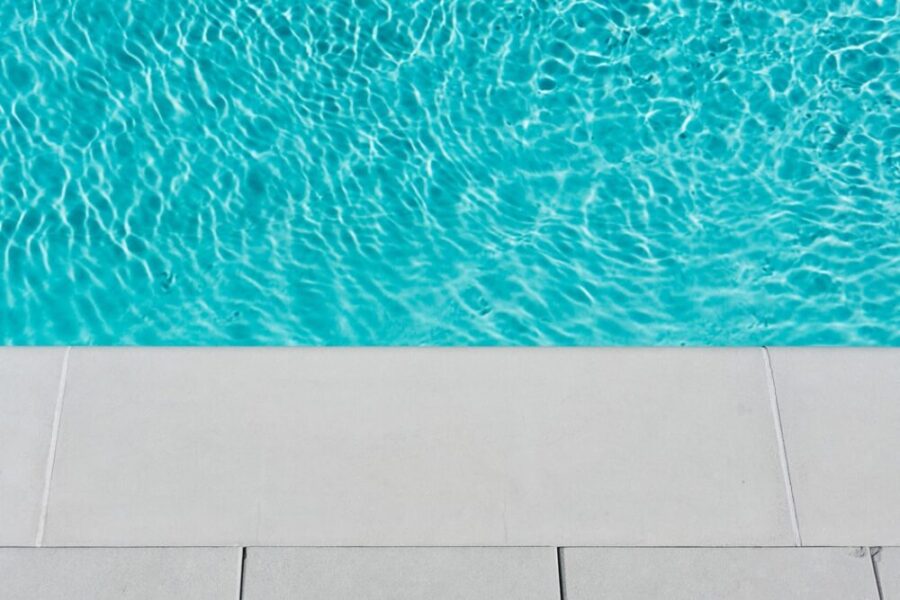
Img source: unsplash.com
As you can see, both pool types come with their own advantages and disadvantages. Therefore, your choice mostly depends on your needs and preferences. So, make a list of priorities and see which type of pool is a better choice for you. Whatever you do, make sure to get your pool materials from a reliable supplier, and never try to DIY the installation.
The final verdict
When it comes to the fiberglass vs concrete debate, there are hardly any right answers. Don’t listen to anyone who’s telling you that one type is superior to the other, as it’s simply not true. As we already mentioned, both come with their advantages and disadvantages, and your choice will solely depend on your needs and preferences. If you’re still not sure which to choose, we suggest you seek advice from an industry professional.
All in all, make sure to do your research and get a trustworthy pool builder to install your pool. Remember to learn as much as you can about pool maintenance, and don’t forget to plan your budget accordingly.



















